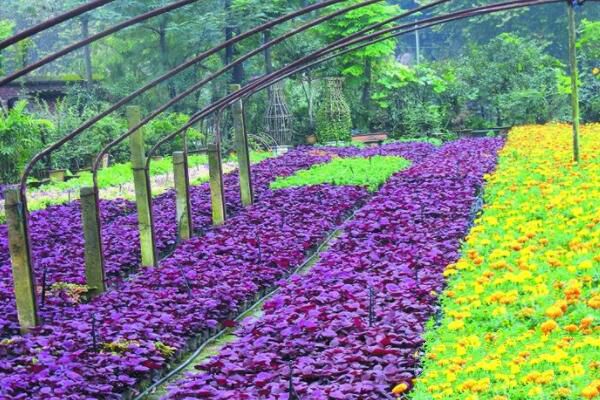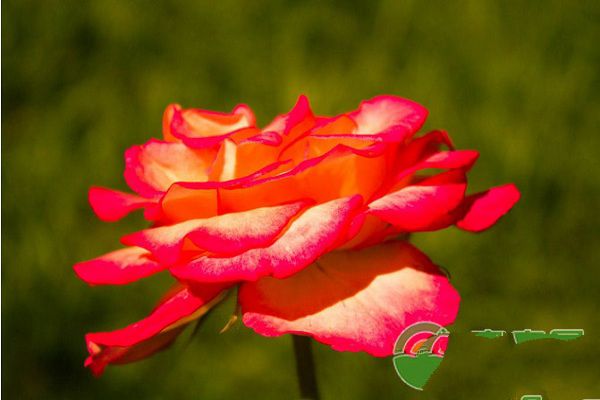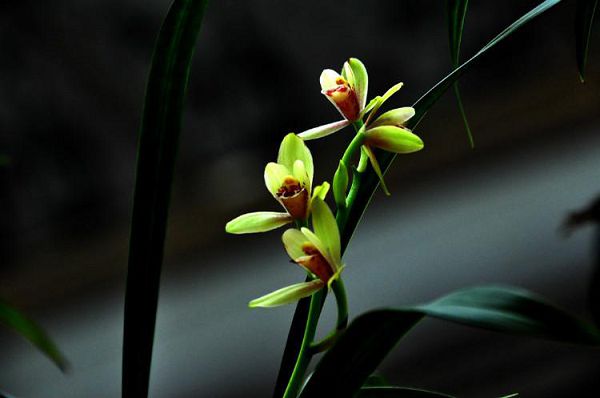How can I grow flowers? Basic flower culture technology

With the improvement of people's living standards, the flower farming industry has also developed rapidly, but it is not so simple to raise flowers well. Soil treatment, sowing and transplanting these basic flower culture techniques are all skills that flower farmers must master. The following editor will tell you about flower planting techniques.
(1) to master soil treatment techniques
One of the conditions for the healthy growth of flowers is the land, with thick soil, smooth drainage, suitable environmental conditions, and certain nutrients, it can ensure the normal growth of flowers. Most flowers growing in open fields require a soil pH of 7.0, which means the soil is neutral, while flowers in greenhouses need acidic soil.
Flowers need a large number of nutrients: nitrogen, phosphorus, potassium; secondary elements: calcium, magnesium, sulfur; trace elements are iron, beryllium, copper, zinc, manganese and chlorine.
(2) grasp the technical details of sowing
Sowing is not only the initial stage of flower cultivation and planting, but also the key point of whether flowers can grow healthily, so we must attach great importance to it. As far as the sowing stage is concerned, it is necessary to do a good job in three aspects: cultivated land, land preparation and border formation.
Cultivated land: divided into spring ploughing and autumn ploughing, the depth of cultivated land should be set to 20~40cm, not too deep.
Soil preparation: through smashing, turning over, sorting debris and other means to maintain soil permeability and evacuation, in this process, it is also necessary to grasp the water content in the soil to create a suitable soil moisture for flower cultivation.
Sowing: the technology that affects the cultivation of flowers, but also affects the growth of flowers in the later stage. Therefore, we should pay attention to grasp the sowing time and sowing mode of flowers.
(3) do a good job of seedling and transplant
Interseedling: after sowing, if the emergence of seedlings is too dense, we need seedlings to expand the distance between plants, so as to ensure the good growth of flowers and seedlings. It should be noted that the seedlings should not be too late, otherwise it will lead to overgrowth.
Transplant: there are two steps: "raising seedlings" and planting.
Seedling: it is to get the flower seedling out of the seedling bed.
Planting: divided into planting and sham planting. Planting: seedlings are no longer transplanted after planting; pseudo-planting: seedlings grow after a certain period of time, but also replanted.
(4) strengthening the management of fertilization
Reasonable fertilization and proper watering are necessary conditions for the healthy growth of flowers. Fertilization includes base fertilizer and topdressing. Base fertilizer is generally applied in the early stage of flower planting, which is the basic fertilizer for flower growth; applying fertilizer in the process of flower growth is called topdressing, which is to ensure sufficient nutrition for flower growth.
(5) be diligent in weeding
Weeds compete with flowers for nutrients, hinder their healthy growth, and are breeding bases for germs and pests. Therefore, attention should be paid to weeding in the process of flower growth so as to create a suitable growth environment for flowers.
(6) pruning branches and stems
Cutting off diseased branches, dead branches and residual branches is also an important link. This can avoid the secondary infection of flowers and reduce the number of germs and pests to a certain extent.
(7) Prevention of diseases and insect pests
In order to avoid the invasion of flowers and plants by insect pests, it is necessary to select some suitable drugs that are timely, accurate, safe and reasonable, and at the same time strengthen field management and strengthen the prevention and control of various diseases and insect pests.
Related
- What if the leaves of potted flowers turn yellow?
- Florescence Control of several Flowers
- Anti-freezing technology and post-freezing nursing technology of flowers
- What is the classification of flowers? What are the common methods of flower classification?
- Prevention and control of alkali and acid damage of flowers in courtyard
- Technology of Anti-freezing and restoring growth of Flower seedlings in greenhouse and greenhouse
- How does flower fertilization not hurt the root? Fertilization technology of flowers
- Key points of disinfection in flower greenhouse
- Several pesticides that are banned or used cautiously in flowers
- How to fertilize the flowers that watch the leaves?



